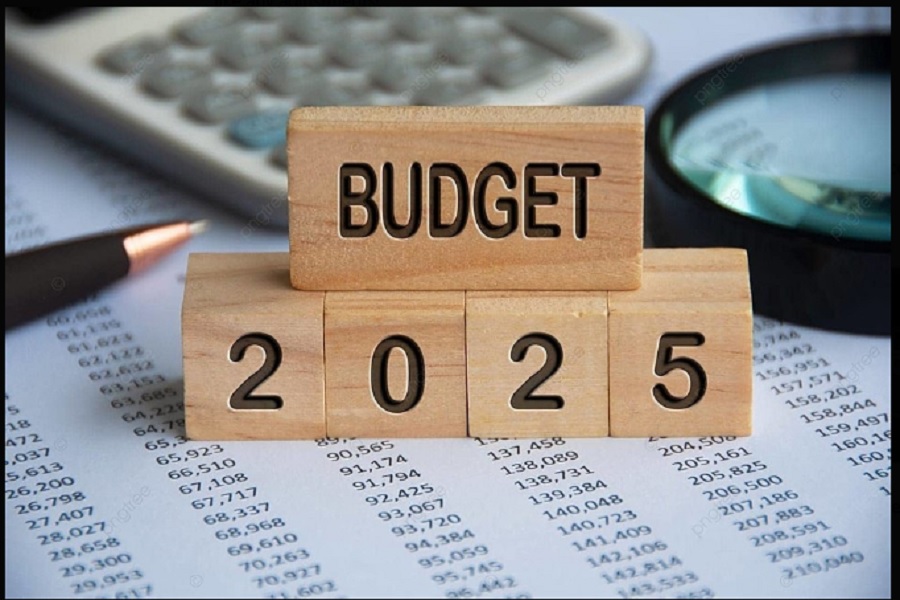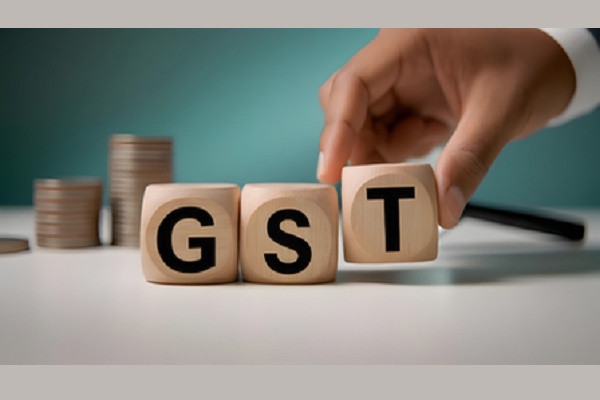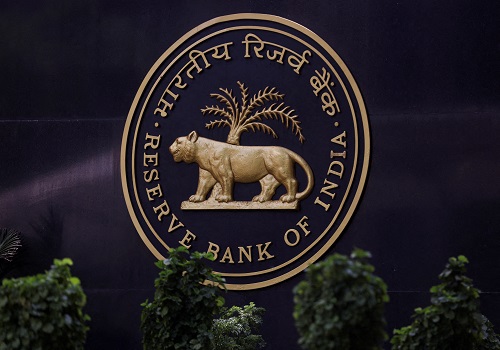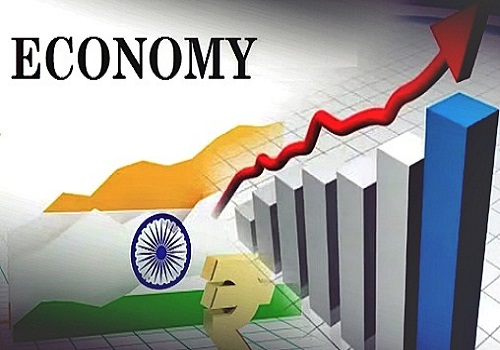Union Budget 2025: Balancing Growth with Fiscal Prudence

In the Union Budget 2025, Finance Minister Nirmala Sitharaman presented a clear and pragmatic fiscal roadmap aimed at ensuring fiscal discipline while supporting India’s economic growth. The government's fiscal policy for the upcoming years focuses on maintaining a declining trajectory for central government debt as a percentage of GDP, with specific targets laid out for the next six years. The roadmap, outlined in the Fiscal Responsibility and Budget Management (FRBM) Statement, provides a comprehensive guide to managing public finances while balancing the need for continued investment in critical sectors like infrastructure and social welfare.
Key Highlights of India’s Fiscal Path:
Fiscal Deficit Management:
The Finance Minister emphasized the government's commitment to reducing the fiscal deficit, a key indicator of government borrowing. For the fiscal year 2025-26, the fiscal deficit has been pegged at 4.4% of GDP, down from a revised 4.8% for the current year.
The government aims to maintain this fiscal deficit within manageable levels in the coming years while ensuring that its debt remains on a declining path. The overall goal is to bring down the fiscal deficit further, aligning with global best practices in fiscal management.
Revised Estimates for Receipts and Expenditure:
The revised estimate for total receipts (excluding borrowings) for the fiscal year 2024-25 stands at ?31.47 lakh crore. This includes net tax receipts of ?25.57 lakh crore, reflecting the government's efforts to strengthen tax collections through better compliance measures and economic recovery.
On the expenditure side, the government has revised the total expenditure estimate to ?47.16 lakh crore for the year, of which a significant portion will be allocated towards capital expenditure. The total capital expenditure for 2024-25 has been pegged at ?10.1 lakh crore, highlighting the government's focus on infrastructure development, which is seen as crucial for driving long-term economic growth and job creation.
Focus on Infrastructure and Capital Expenditure:
A significant portion of the increased expenditure will be directed towards capital expenditure, particularly in sectors like infrastructure, healthcare, and education. The government's push for capital expenditure aims to boost economic activity, create jobs, and address the country's infrastructure deficits, which are essential for long-term growth.
By investing heavily in infrastructure, the government expects to stimulate demand in various sectors, leading to a multiplier effect across the economy, ultimately helping in reducing the fiscal deficit in the medium to long term.
Roadmap for Fiscal Consolidation:
The Finance Minister laid out a six-year roadmap for fiscal consolidation, outlining a gradual reduction in the fiscal deficit as a percentage of GDP. The plan involves strategic reductions in government spending, especially in non-priority areas, while continuing to boost investments in infrastructure, welfare programs, and essential sectors that promote economic growth.
This fiscal consolidation plan is expected to improve investor confidence and attract more foreign investments, contributing to both domestic and global economic stability.
Maintaining Debt Sustainability:
The government's focus on reducing debt as a percentage of GDP will be achieved through a balanced approach: controlling the fiscal deficit, increasing tax revenues, and prioritizing high-impact expenditures. The aim is to bring down public debt levels gradually, ensuring sustainability while maintaining the ability to finance essential growth initiatives.
Conclusion:
Finance Minister Nirmala Sitharaman's approach to India's fiscal path in the Union Budget 2025 demonstrates a strategic balance between promoting growth and maintaining fiscal discipline. The revised estimates for receipts and expenditure, along with the focus on infrastructure investment and fiscal consolidation, set a clear trajectory for India's economic future. The roadmap for the next six years emphasizes sustainable public finances, which will foster long-term stability and help the country achieve its ambitious economic goals. The plan is expected to inspire confidence among investors and global markets, positioning India for resilient and inclusive growth.



_Securities_(600x400).jpg)
.jpg)
.jpg)
.jpg)
.jpg)
.jpg)















